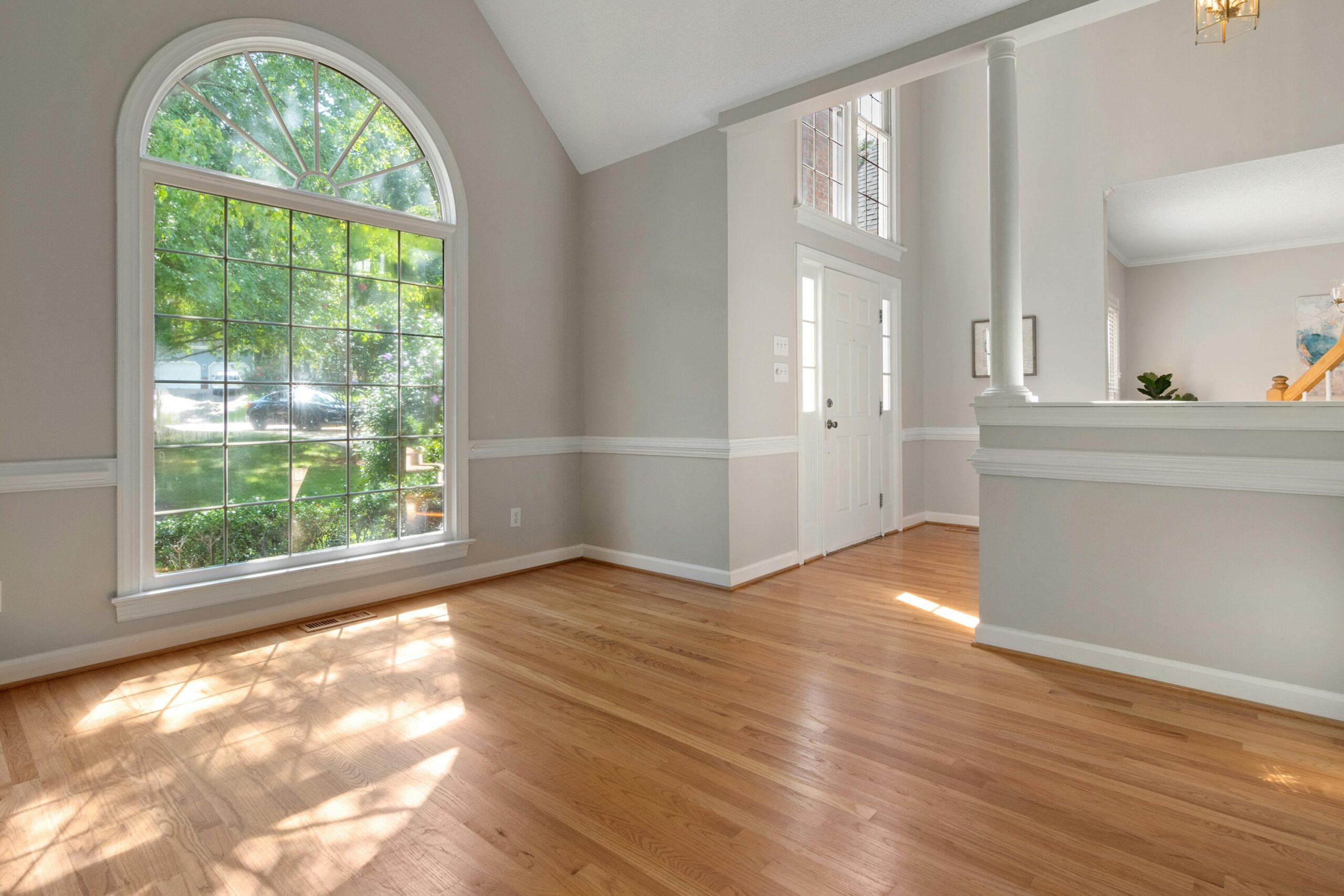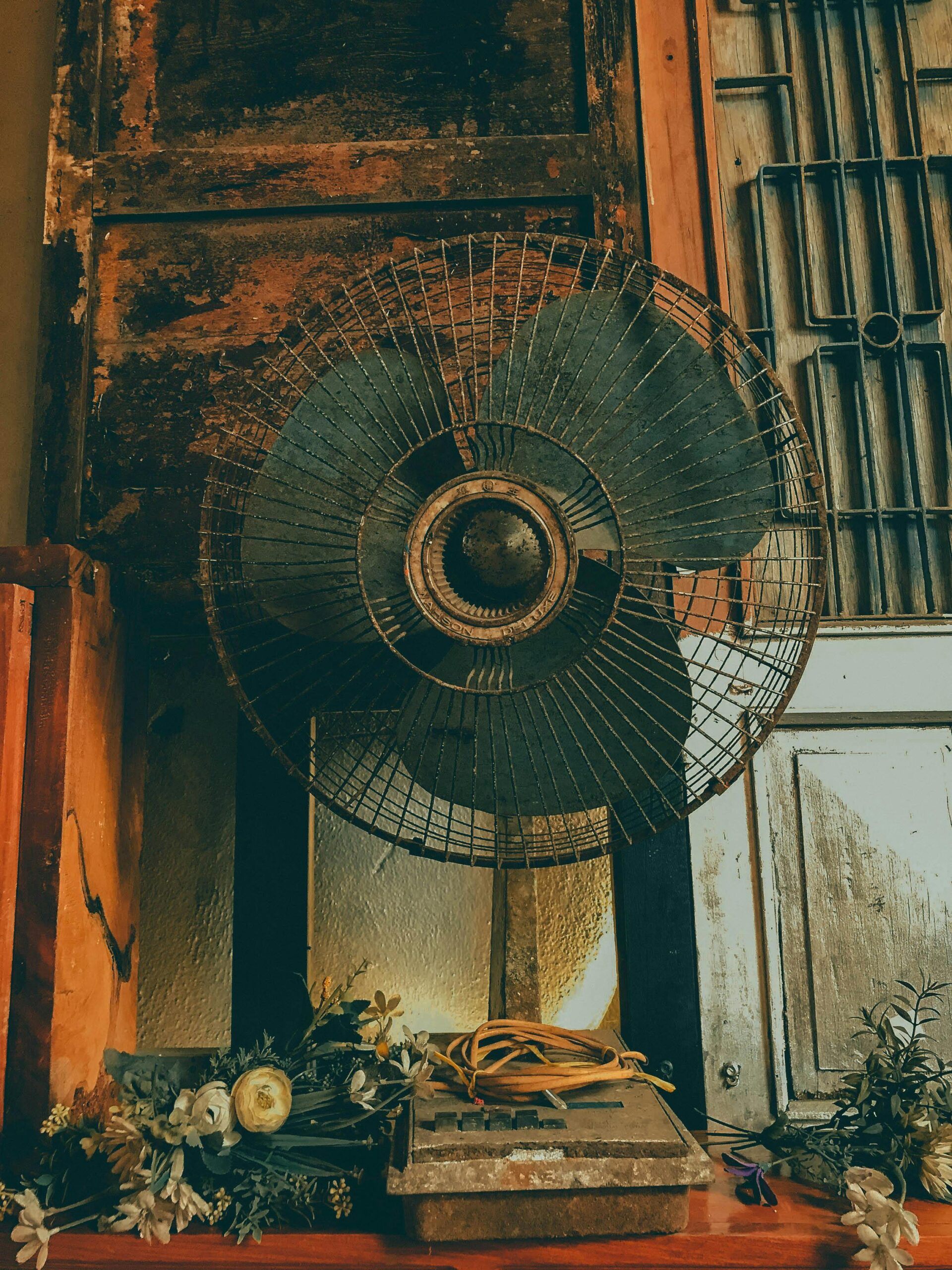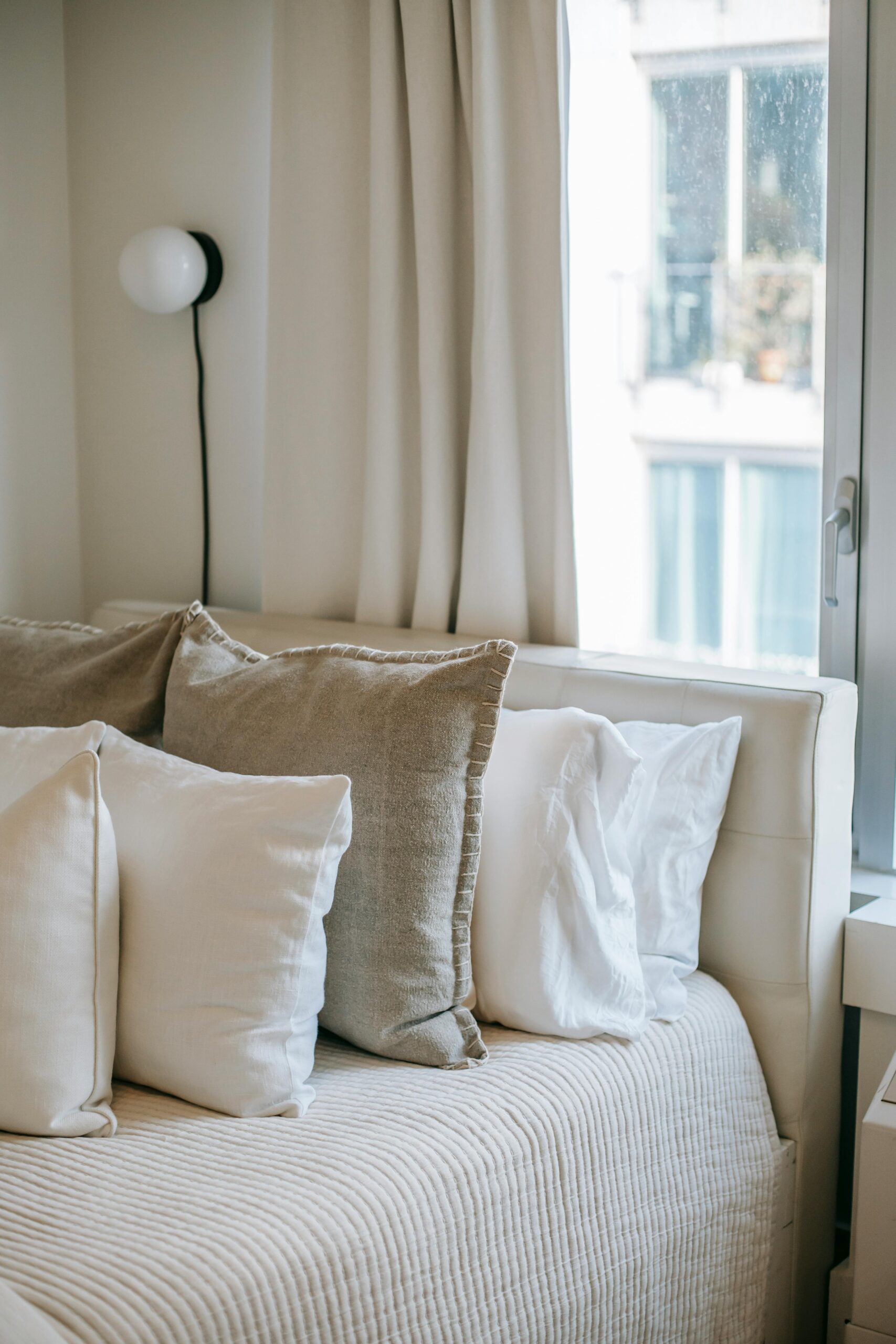Especially if you are in the Southern part of the United States, by the time late spring rolls around, there's a good chance you're already bracing for summer. Not the carefree, sunscreen-and-lemonade kind, but the kind where stepping outside feels like opening an oven door. So how do you heat-proof your home before summer temps make you want to spend the entire time in the pool?

What parent doesn’t want to prepare for the summer and fill every day during summer vacation with fun things to do with the kids? Sure, there are the pool days, enjoying ice cream and popsicles, maybe a trip here and there, and enjoying the summer heat. (Well, maybe to a degree.)
Summer doesn't tiptoe in anymore like it probably did when you were younger. Rather, it has a way of stomping in with all its heat waves, humidity, and sticky nights that make sleep impossible. The dog starts sleeping on the tiles, your clothes stick to you before breakfast, and suddenly that ceiling fan you ignored all winter becomes the most important fixture in the house, that is, if the air conditioner is working.
The goal here isn't to panic. The whole point is to just prep early. There are some really simple, sensible ways to get your home ready before the heat cranks up to full blast. With a little foresight and a few upgrades, it is possible to turn your home into a cool retreat instead of a personal sauna.
Just keep in mind that you just never know when one thing breaks, so you need multiple options for keeping a comfortable temperature.
Get a Few Extra Fans
Even if your home already has an AC or HVAC system, having a few working table and floor fans on hand is smart. They're perfect as backup if the main system goes down or if you just need an extra push of air in a particularly stuffy room. Fans also help circulate cool air more efficiently, especially when placed strategically near windows or doors.
There's something kind of comforting about that gentle white noise in the background. And when you're just trying to get through a heatwave with your sanity intact, that buzz might be the only thing keeping the peace.

Look into Ceiling Fans
Ceiling fans might not always be gorgeous, but they are super effective. Ceiling fans often get overlooked in favor of high-powered cooling systems, but they’ve got more to offer than you might think. They're perfect for bedrooms and common areas, where a consistent breeze can drop the perceived temperature by a few degrees. That means you might not need to blast the AC all day, which helps with the energy bill, too.
Ceiling fans are no longer clunky eyesores either. These days, they come in all sorts of sleek, stylish designs that can actually make a room look better. Sure, the pretty ones cost a pretty penny, but it’s honestly worth it. There's something satisfying about flipping that switch and feeling instant airflow after a hot shower or during a sticky night. It’s low-tech magic, and sometimes that’s all you need.
Try Reflective Mirror Film on Windows
This trick has been a staple across many homes in Europe, and for good reason. AC isn’t as common in European countries as it is in North America (granted, it usually doesn’t get nearly as hot in most of those countries). Reflective window film acts like a barrier between your living room (well, any room) and the sweltering midday sun.
It helps block out a large chunk of the sun’s heat before it even enters the space, which can significantly cool things down inside without needing to crank up the AC. It’s especially handy for south-facing windows that love to trap heat like it’s their job. Besides, you still get natural light, just without that intense oven-blast feel every afternoon.
You can usually buy a cheap roll from Amazon or your local home improvement store.

Upgrade to Blackout Curtains or Roller Blinds
It’s an oldie, but this one works. The sun hitting your windows is like a slow cooker for your room, and who even wants that? Blackout curtains or blackout roller blinds can be a game-changer in keeping the heat out. They're especially effective in bedrooms where darkness also helps with sleep. The key is to keep them closed during the hottest parts of the day and let them open when it cools off in the evening. You’ll be amazed at how much cooler a room stays when it’s shielded from the sun’s full force.
Explore Smart Home Tech that Fights the Heat
This one piggybacks with what is being said above. Most homeowners will look into smart thermostats, for example, since they can learn your schedule and adjust the temperature when you’re out. Some systems also allow you to automate your blinds or fans, so they kick in the moment the indoor temperature hits a certain point.
Well, that kind of hands-off control is especially helpful on long workdays or weekends away. Plus, when no one’s home, your pets stay comfortable.
Get Your HVAC Checked Early
Don’t wait until the first 90-degree day to wonder if the HVAC is still alive and well. You would be surprised about the sheer number of homeowners who make that mistake! Spring is the time to call a nearby HVAC contractor and get that system checked, cleaned, and ready. Even a simple tune-up can make a huge difference in performance and efficiency. It also helps avoid that dreaded "why is it blowing warm air?" moment in July.
Homeowners need to get it checked annually (before summer or winter). It might feel like a waste of money, but just being at ease is worth its weight in gold.
Consider Installing HVAC (If You Can)
Not every home is set up for HVAC, and for some people, the cost puts it firmly in dream territory. But if it is within budget and the structure of the home allows for it, installing a proper HVAC system can transform how comfortable summer feels.
It’s an investment, but one that pays off in actual sleep, livable afternoons, and less panic when heatwaves hit. But again, not everyone can have this luxury, and not every house or home is fit for it either.
Make Sure Your Window AC Units Still Work
If central HVAC isn’t an option, then it’s time to give those window units a once-over. Most people who don’t have HVAC will usually have this as an option. So, you just need to clean out the filters, check for weird smells, and make sure they're running properly. If the unit sounds like it's wheezing, rattling, or only cools for five minutes at a time, it may be time to replace it.
You are better off buying a brand new one than paying someone to fix it. Besides, newer models tend to be far more energy-efficient and quieter, which is a bonus. And nobody wants to spend the hottest day of the year elbow-deep in a dusty old AC filter while sweating through their shirt.
Keep Emergency Fans Handy
Even if everything is working perfectly, always have a few portable fans ready just in case. This part just can’t be stressed enough! You just never know when bad things happen (and yeah, it’s always in the summer months too). So, the weather has a habit of flipping the switch without notice, and the power grid doesn’t always keep up.
So that’s exactly why a couple of charged, battery-powered fans or even some USB-powered fans can make the difference between unbearable and manageable during outages or peak usage hours. Most homes have one electrical fan they can plug in, and sure, you need those too, but it really still helps to have a couple of others that aren’t reliant on electricity.
Ditch the Oven and Rethink Meals
It usually gets forgotten about, but one overlooked contributor to indoor heat is your own kitchen. Cooking with the oven or stove during a heatwave basically invites extra heat inside, and the worst part is you don't realize how much until you're already sweating through your shirt while checking the roast. Instead, aim for cooler options like the air fryer or crock pot.
Plan for no-cook meals like salads, wraps, or even a snack plate dinner. If you’re going to cook, do it early in the morning while it’s still relatively cool or fire up the grill outside.
Don’t Forget the Outside
Now obviously, summer is still meant to be enjoyed, but doing so outdoors can feel impossible without a little shade. Ideally, just adding a few large umbrellas or parasols to your patio, yard, or balcony gives you some reprieve from the sun and actually makes those spaces usable again. Pergolas with climbing plants like wisteria or jasmine are another charming way to create natural shade.
If you have kids or pets, think about shaded play areas or cooling mats for outdoor lounging. Even a simple tarp canopy stretched between a few poles can change how often you use the backyard. You don’t have to build an entire outdoor oasis; just give yourself enough cover to breathe without roasting.
